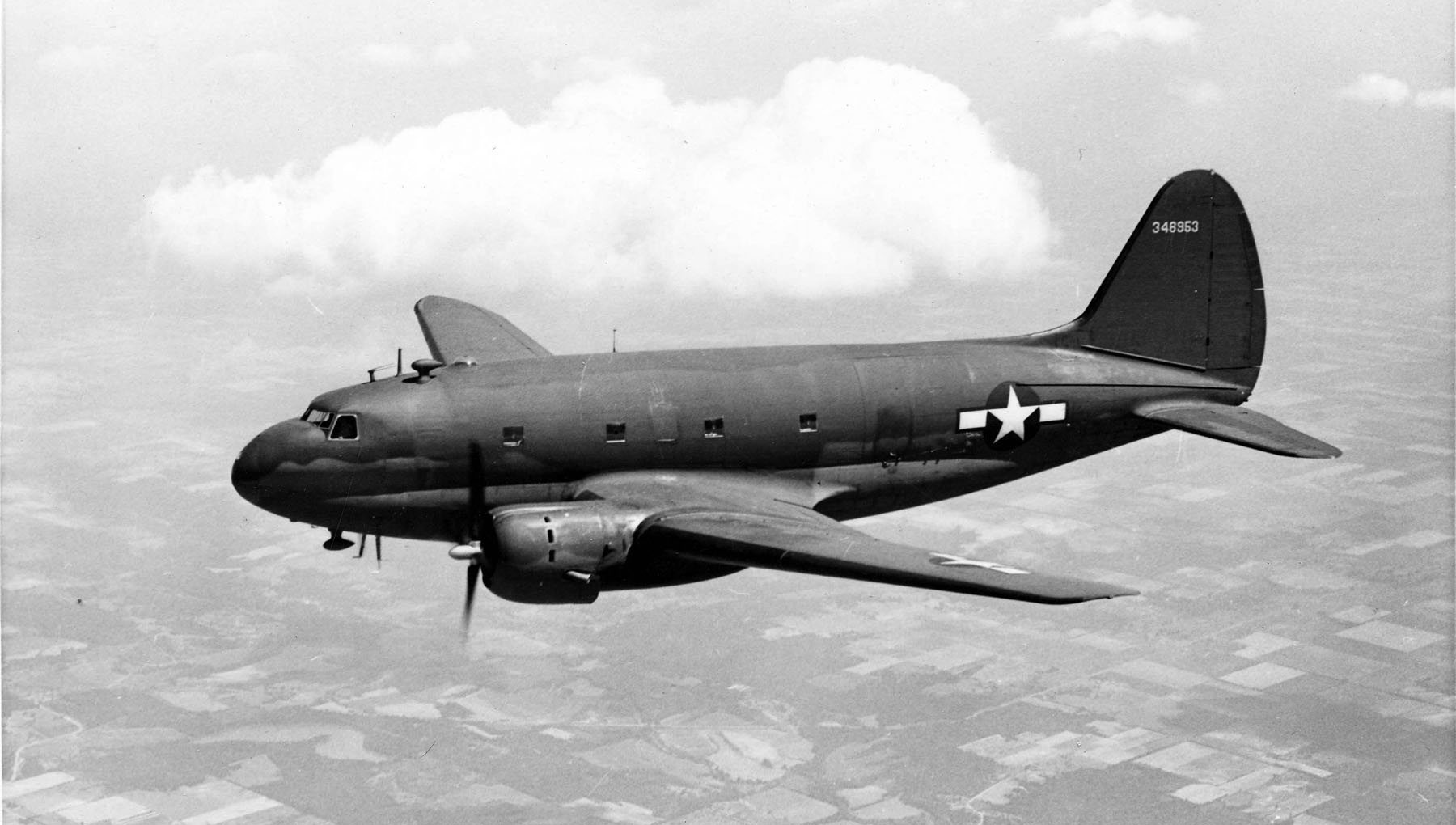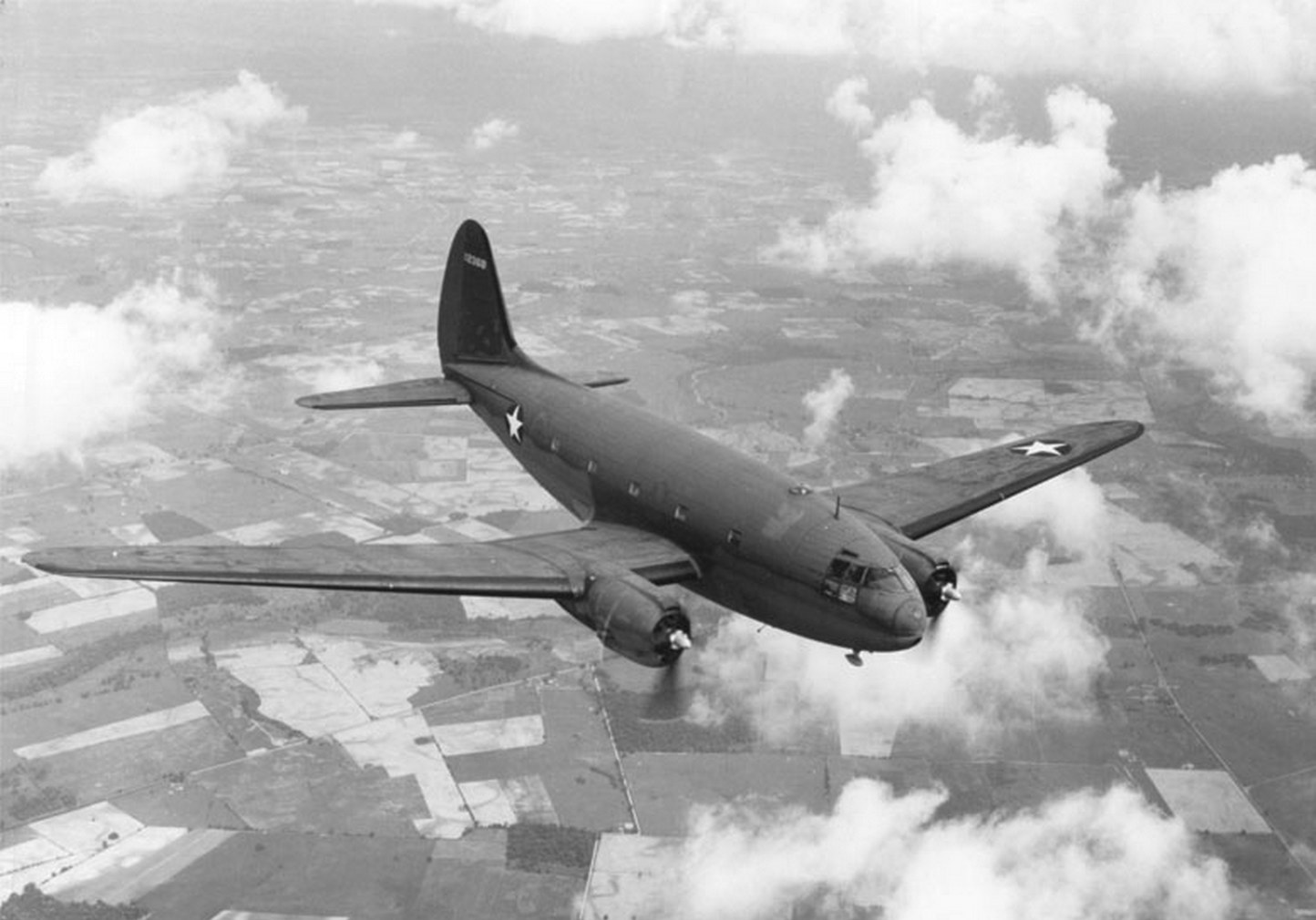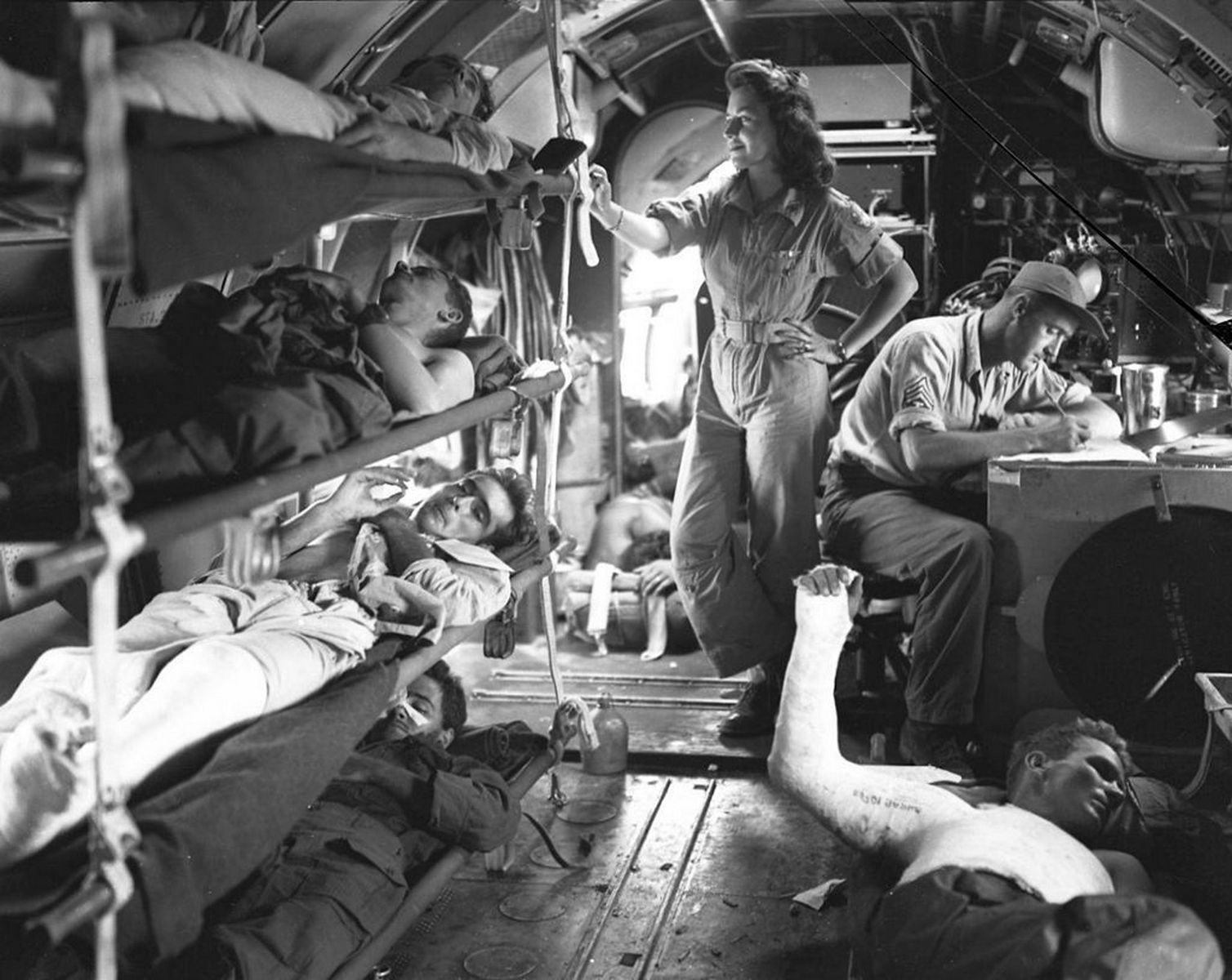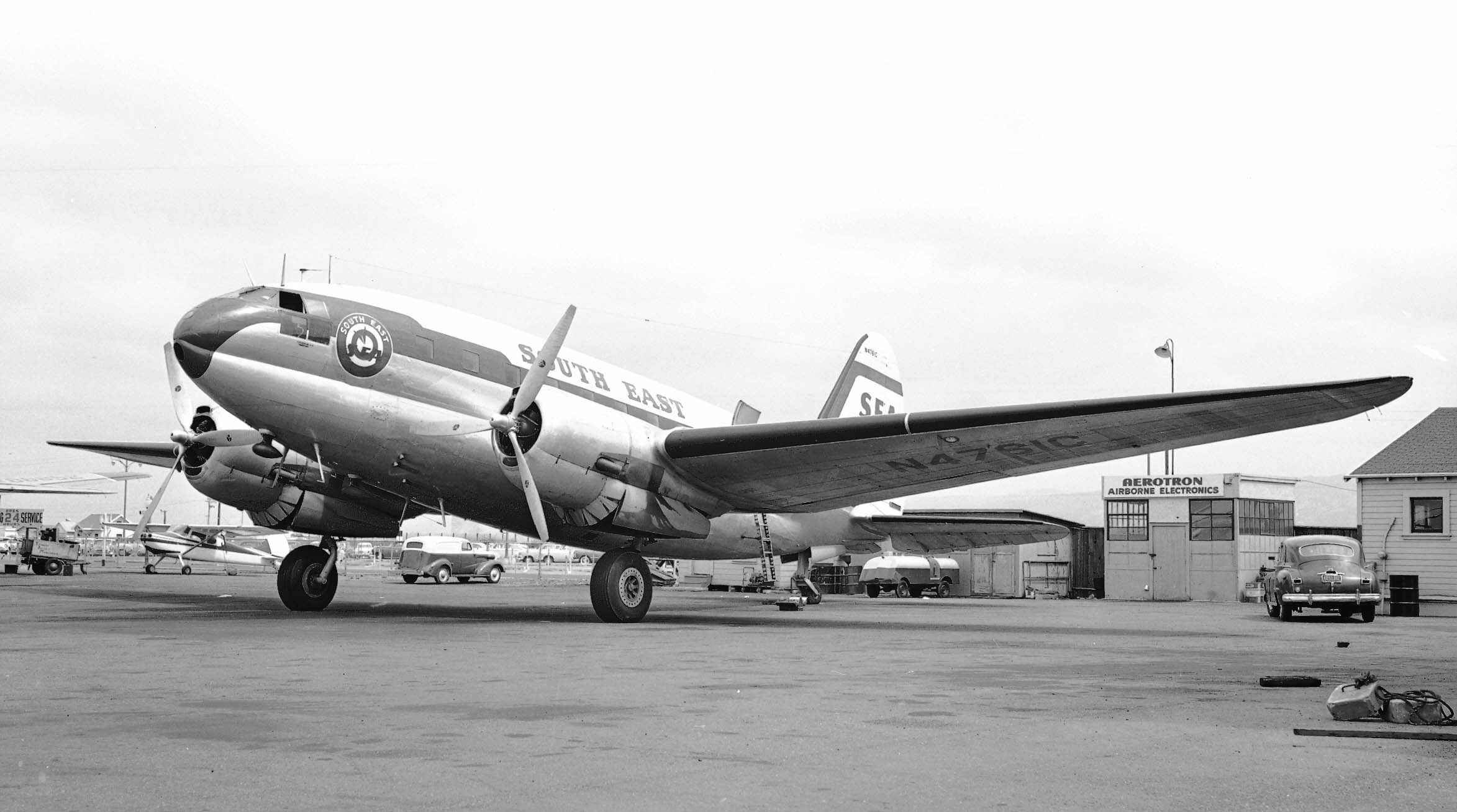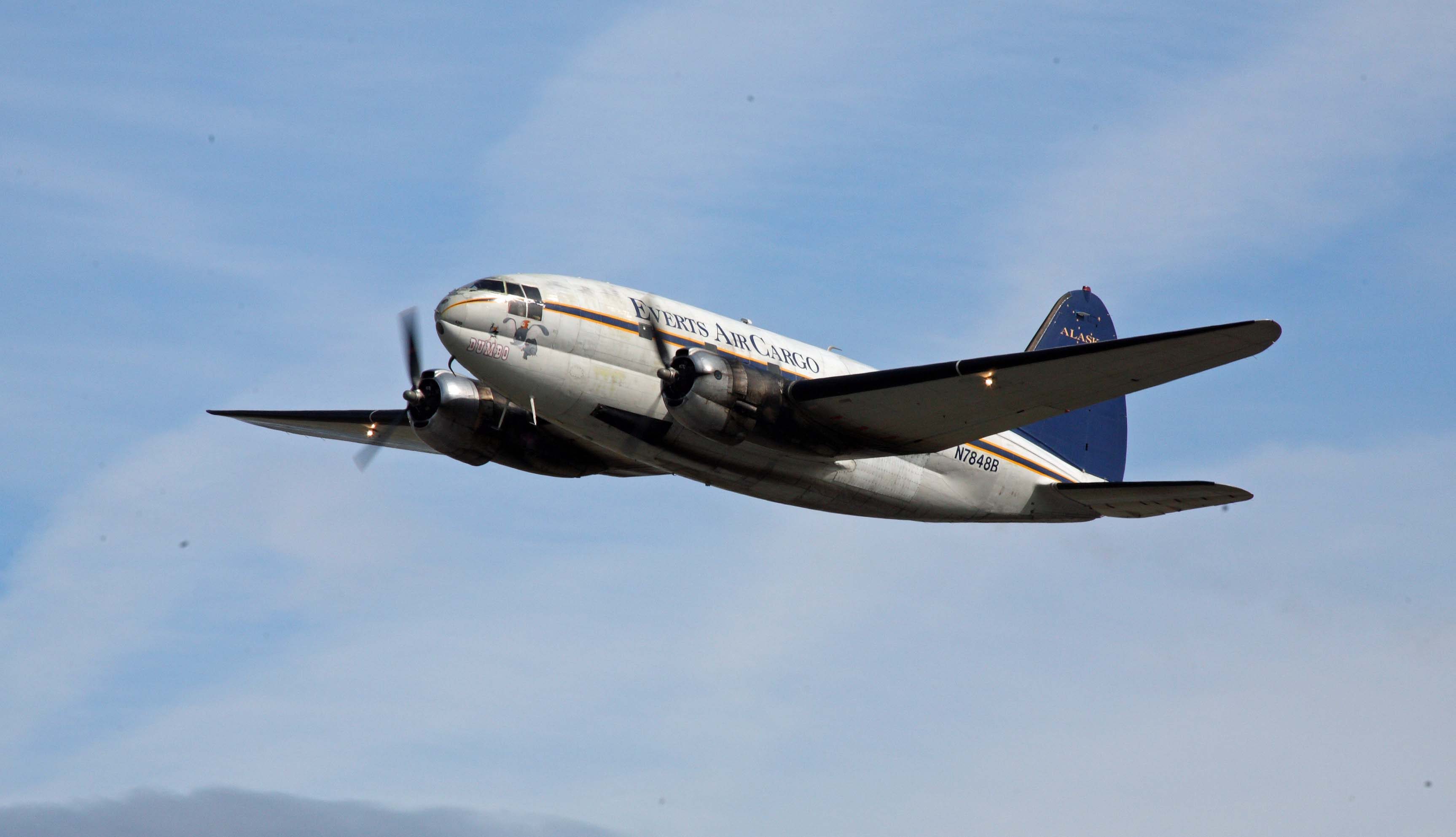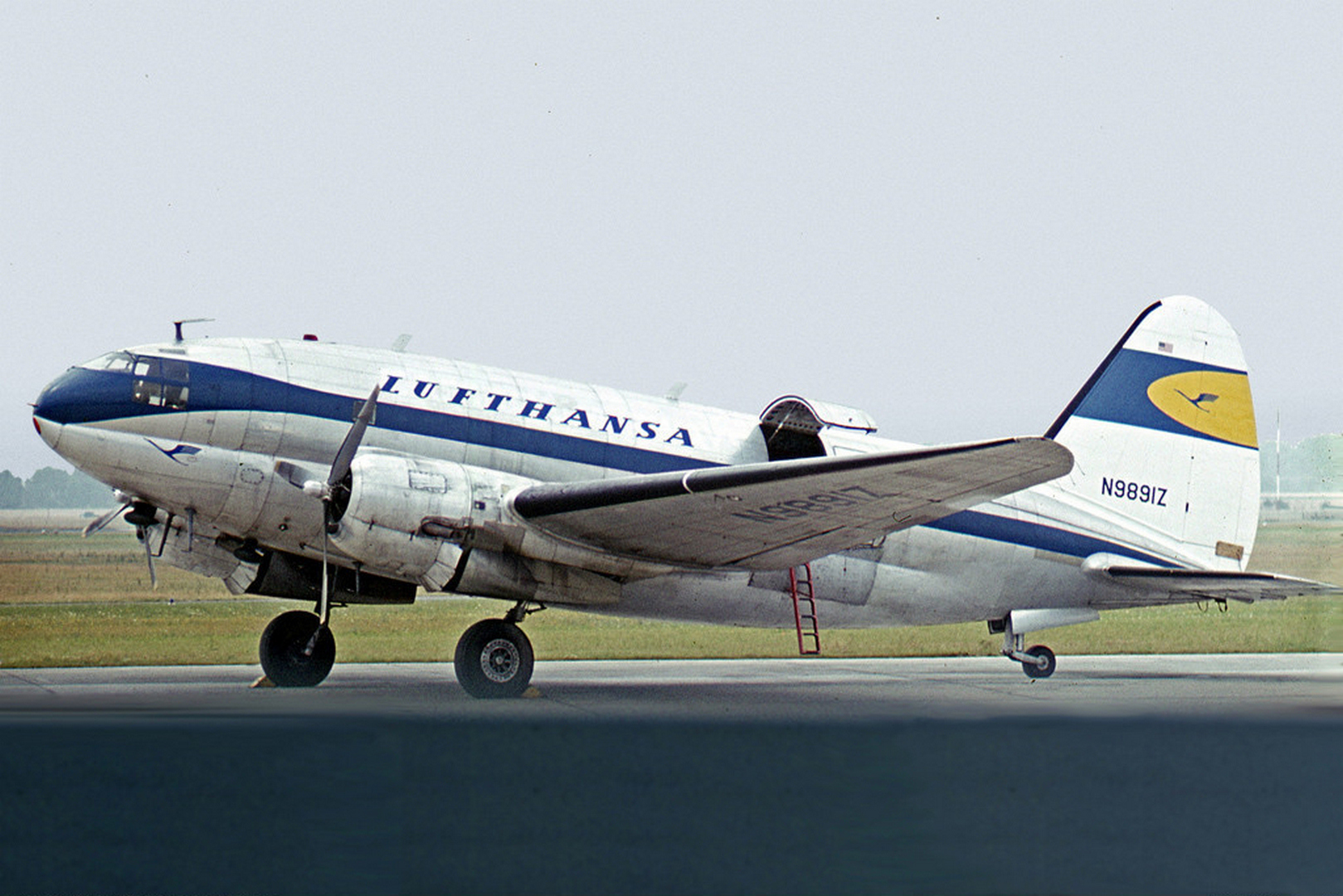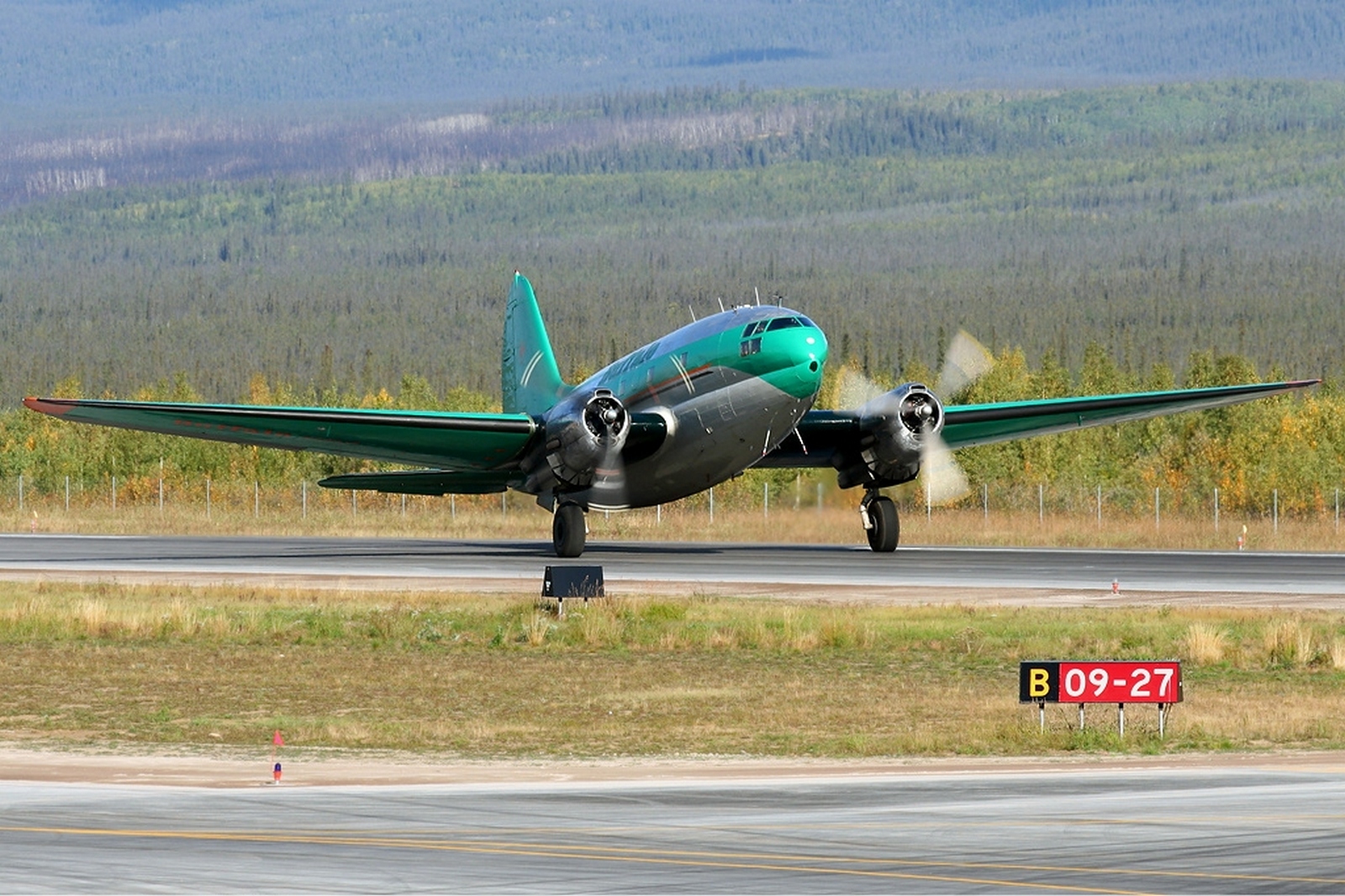On March 26, the American transport aircraft C-46 Commando turned 85 years old
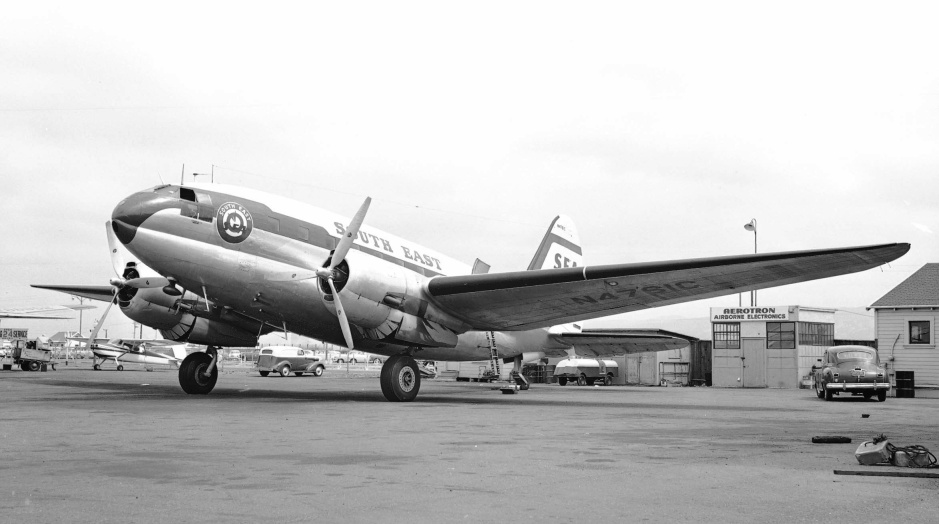
On March 26, the American transport aircraft C-46 Commando turned 85 years old, having played an important role during World War II. On that day in 1940, its first prototype — the experimental CW-20T — took to the skies in St. Louis, Missouri.
The aircraft was developed by Curtiss-Wright. It was conceived as an innovative passenger airliner with a pressurized fuselage, whose cross-section formed the intersection of two circles — a larger one on top and a smaller one below (it went down in history as the “double-bubble”). This design had an advantage over a circular cross-section fuselage: it allowed for a wider passenger cabin while saving weight by reducing the underfloor compartment. This concept is still used today, for example in the Boeing 737.
Although the new airliner was very advanced for its time, it turned out to be significantly more expensive than the simpler DC-3 made by Douglas. Airlines were in no hurry to place orders. Instead, the aircraft caught the interest of the U.S. military, as its capabilities significantly exceeded those of the C-47 — the transport version of the DC-3.
By the fall of 1940, serial production of the C-46 had begun, lasting until the end of 1945. In total, 3,181 units were built in over 20 variants. Almost all of them had unpressurized fuselages.
The C-46A military transport aircraft was equipped with two 18-cylinder air-cooled Pratt & Whitney R-2800-51 Double Wasp engines, each producing 2,000 horsepower. The aircraft was 23.3 meters long, had a wingspan of 32.9 meters, a maximum takeoff weight of 20,412 kg, a top speed of 430 km/h, and a range of up to 5,070 km. It could carry 6,800 kg of cargo or up to 40 fully equipped soldiers.
During World War II, the “Commando” was widely used by the U.S. Army Air Forces and Marine Corps in the majority of theaters of war. The aircraft could transport oversized cargo, including artillery and jeeps. It was well-suited for flying in mountainous terrain and hot climates. However, the C-46 was quite complex to operate and initially had a high accident rate. Its “teething problems” were mostly resolved only by 1943.
In service, the Commando remained significantly more expensive to operate than the C-47, which led to its much lower popularity in the post-war years. Nevertheless, many of the aircraft retired from U.S. military service were purchased by security forces and numerous civilian operators from nearly 50 countries, including Argentina, Brazil, the United Kingdom, Venezuela, Israel, Italy, Egypt, Canada, China, Cuba, Norway, and Japan. Some aircraft are still in use. As of 2024, two C-46s were part of the fleet of the Canadian airline Buffalo Airways, which specializes in operations in the country’s northwestern regions.

 Fan-page
Fan-page Youtube
Youtube TikTok
TikTok Aviamuseum
Aviamuseum State Aviation Museum
State Aviation Museum
